zaloguj się
|
język
български (bułgarski)
čeština (czeski)
Dansk (duński)
Nederlands (holenderski)
English (angielski)
Suomi (fiński)
Français (francuski)
Ελληνικά (grecki)
Deutsch (niemiecki)
Magyar (węgierski)
Italiano (włoski)
日本語 (japoński)
한국어 (koreański)
Norsk (norweski)
Português (portugalski)
Português-Brasil (portugalski brazylijski)
Русский (rosyjski)
Română (rumuński)
简体中文 (chiński uproszczony)
Español (hiszpański)
Svenska (szwedzki)
繁體中文 (chiński tradycyjny)
ไทย (tajski)
Türkçe (turecki)
Українська (ukraiński)
Pomóż nam przetłumaczyć Steam



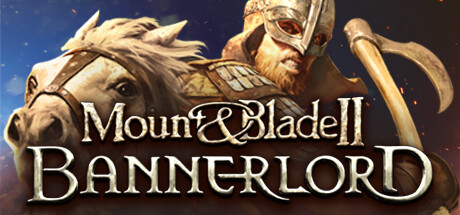


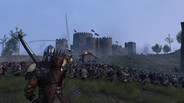
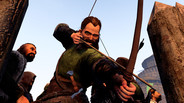






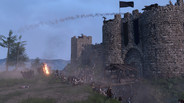




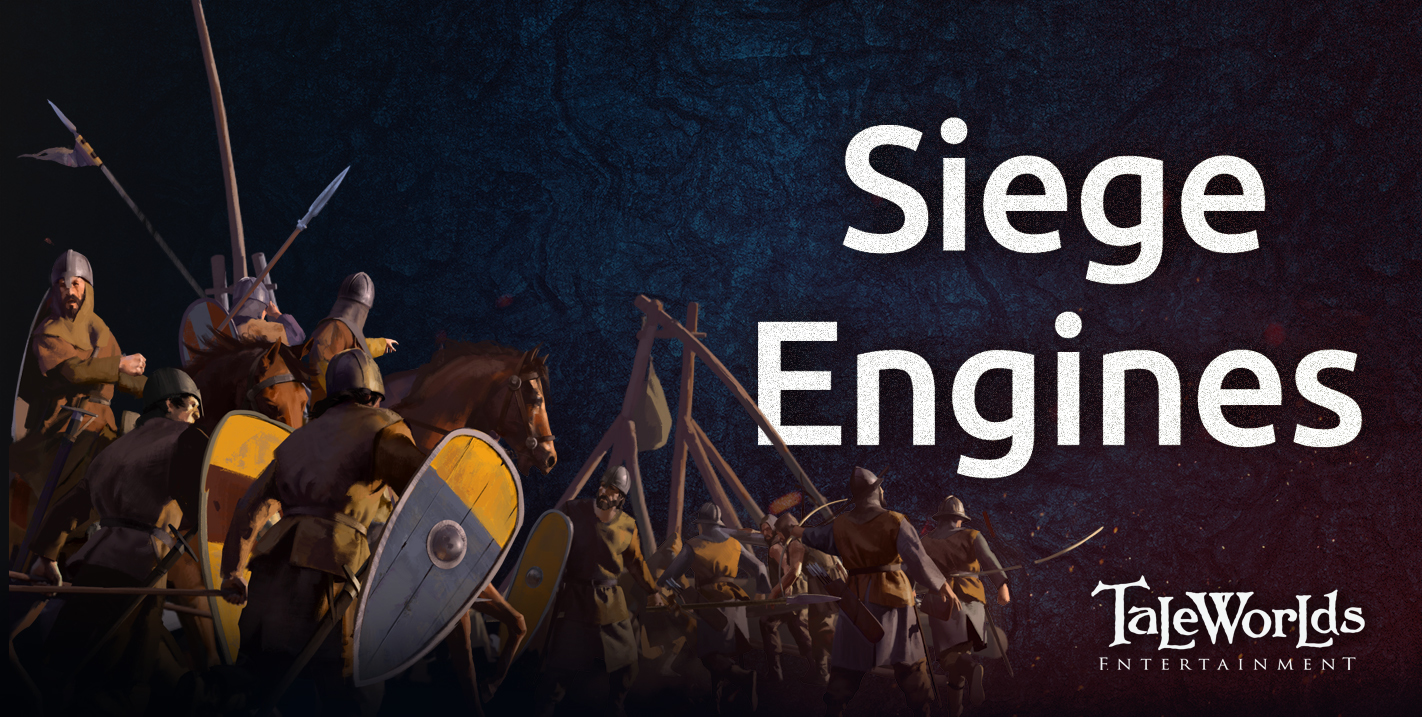





















 Steam
Steam @steam_games
@steam_games